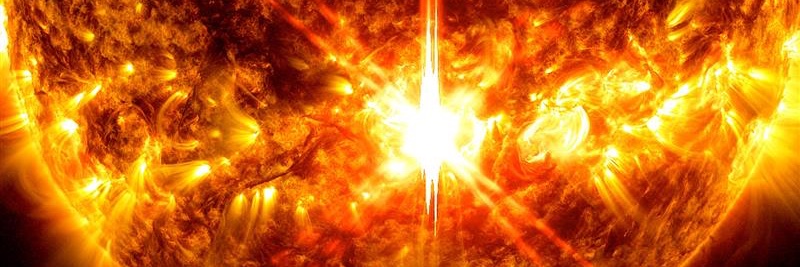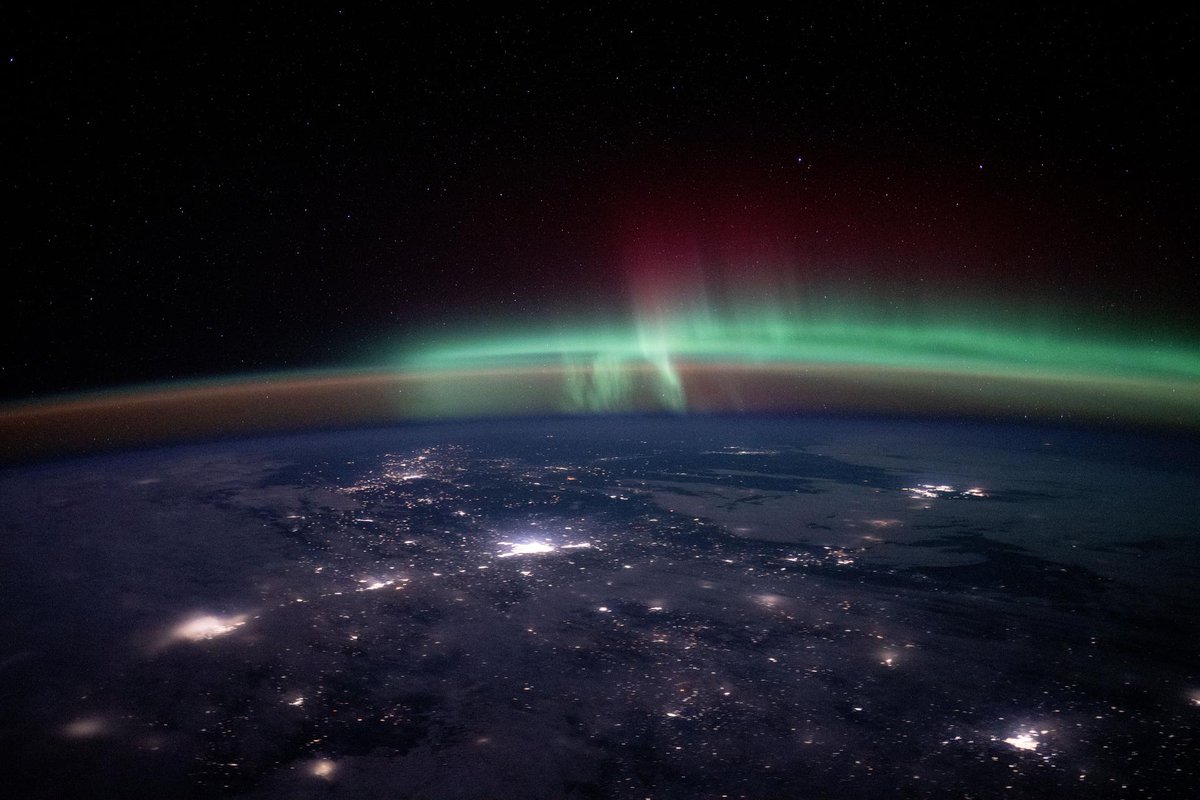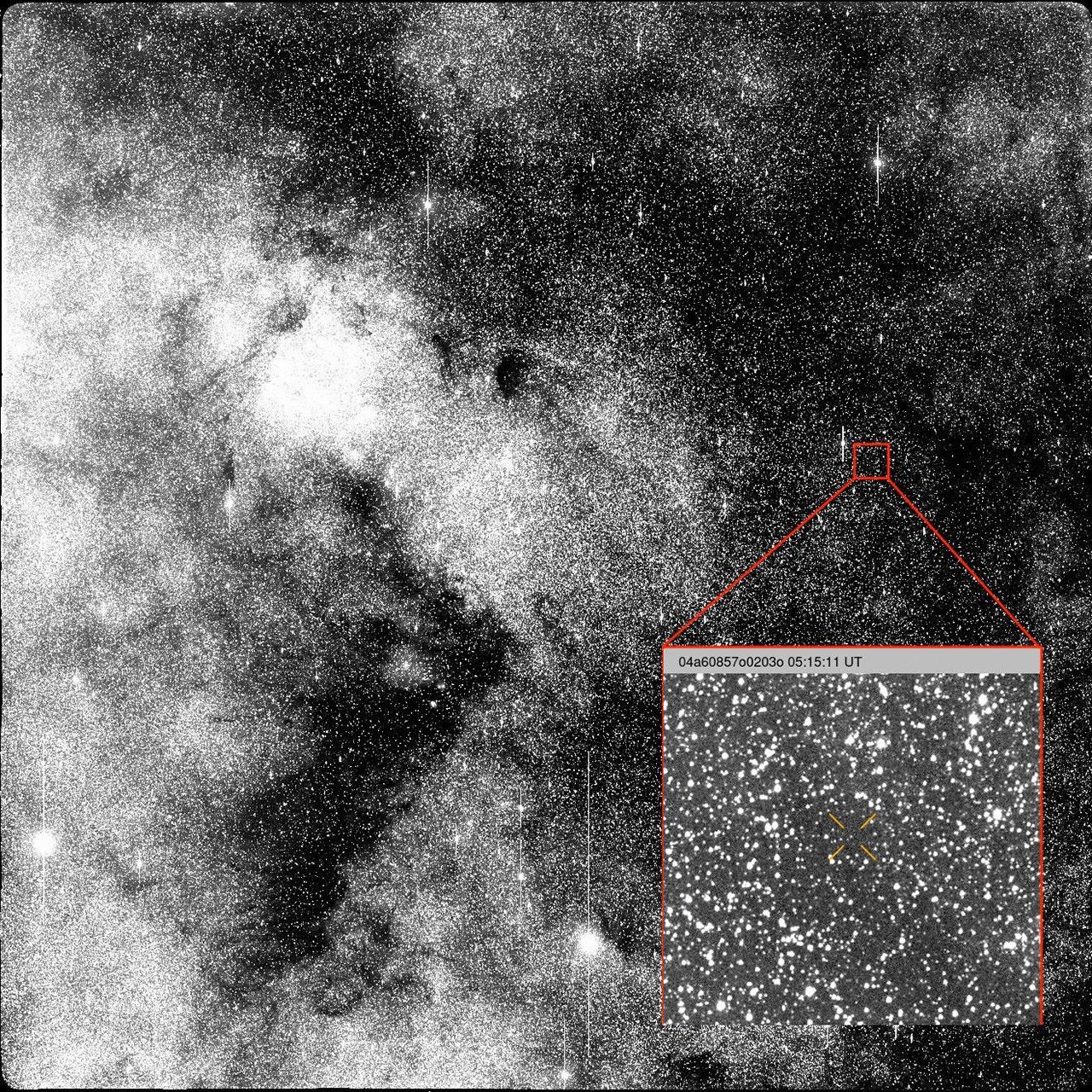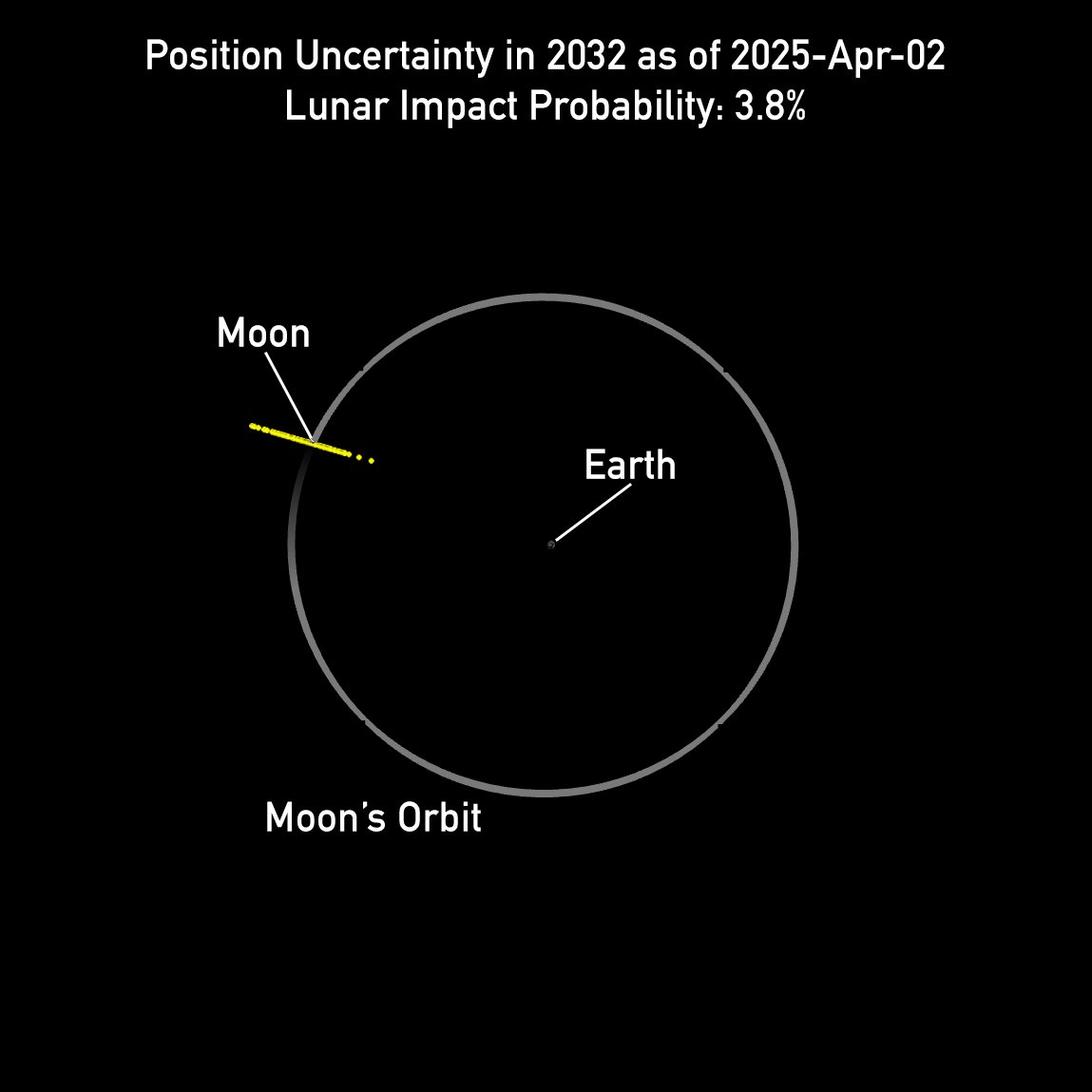
NASA Space Alerts
@NASASpaceAlerts
@NASA official notifications on cosmic activity in near-Earth space including solar events, asteroids, comets, and meteors.
New name. New look. Same trusted updates on planetary defense - and more! Welcome to the new @NASASpaceAlerts account – where we’ll share official NASA notifications on cosmic activity in near-Earth space, including: Solar activity💥 Asteroids 🪨 Comets ☄ Meteors 💫
Asteroids are real. So is the team keeping Earth safe from them. Our new documentary — Planetary Defenders — premieres Wednesday, April 16, 2025 on NASA+. Don't miss it: plus.nasa.gov/video/planetar…
It’s #SunDay, and this account is taking on the NASASun account's tradition of posting a weekly space weather report! Every Sunday at noon ET, we share a video of the Sun from the previous week with a summary of any notable space weather events, including solar eruptions and…
An update for our @AsteroidWatch community: This account will soon become @NASASpaceAlerts. We'll continue to share the latest on near-Earth objects and planetary defense while adding coverage of meteors, solar flares, and other notable space weather events. Stay tuned!

📣Discovery alert! One of NASA's planetary defense telescopes first observed an interstellar comet passing through our solar system. The comet is the third object we've found that has come from outside our solar system. It poses no threat to Earth. science.nasa.gov/blogs/planetar…

At NASA, we find asteroids before they find us. International #AsteroidDay aims to raise public awareness about impact hazards and the ongoing preparations to protect our planet. This #AsteroidDay, learn more about NASA's planetary defense efforts and check up on how many…
A new observation from @NASAWebb of asteroid 2024 YR4 has improved our knowledge of where the asteroid will be on Dec. 22, 2032 by nearly 20%, thus raising the chance of a lunar impact to 4.3%. 2024 YR4 is now too far to observe until 2028. go.nasa.gov/3HnB9om
NASA's Planetary Defense Coordination Office is charged with finding, tracking & characterizing near-Earth objects. Here's what we've found thus far: go.nasa.gov/414oCMc

NASA's Planetary Defense Coordination Office is on the hunt for asteroids and comets that come into Earth's celestial neighborhood. Here's what we've found so far: science.nasa.gov/science-resear…

Finding asteroids before they find us. Meet NASA scientists working to track and monitor near-Earth asteroids, and protect our planet from potential impacts. Our newest film, "Planetary Defenders," debuts on NASA+, YouTube, and X on Wednesday, April 16.
We’re watching the skies so you don’t have to. Our new documentary — Planetary Defenders — premieres Wednesday, April 16, 2025 on NASA+. Don't miss it: plus.nasa.gov/video/planetar…
At NASA, we’re on the hunt for asteroids that could come a little too close for comfort. Learn how in our new documentary, Planetary Defenders, streaming April 16th on NASA+: go.nasa.gov/4ii29Cl
Every night around the world, planetary defenders are scanning the skies. Their mission: Find, track and study asteroids that pass near Earth. Watch the official trailer for NASA’s Planetary Defenders, premiering Wednesday, April 16, 2025 on NASA+. plus.nasa.gov/video/planetar…
232 That's the number of near-Earth asteroids discovered in March. @NASA's Planetary Defense Coordination Office is charged with finding, tracking & characterizing near-Earth objects. Here's what we've found thus far: go.nasa.gov/414oCMc

Thanks to @NASAWebb, we have more information about asteroid 2024 YR4. It's about the size of a 10-story building. Based on data from Webb and ground-based telescopes, the asteroid also has a nearly 4% chance of impacting the Moon in 2032. go.nasa.gov/42eQI8o

We're excited to have NEO Surveyor back at JPL for the next portion of its assembly! For the next several weeks, engineers and technicians will be working on the asteroid-hunting telescope's instrument enclosure. Learn more: blogs.nasa.gov/neosurveyor/20…
But first, testing chamber. The instrument enclosure for NEO Surveyor, a key component of NASA’s new asteroid-hunting spacecraft, spent 45 days in Johnson’s historic Chamber A, where it was subjected to the frigid, airless conditions it will face in space. Check it out:…
Thanks to #PlanetaryDefense efforts at @NASA and across the globe, we have discovered over 11,200 near-Earth #asteroids bigger than 140 meters wide - a size of asteroid big enough to cause regional damage in the event of an Earth impact. 🔭 Learn more: go.nasa.gov/414oCMc
What do we know about asteroids & comets in Earth's celestial neighborhood? #PlanetaryDefense, which includes finding, tracking & characterizing near-Earth objects, is part of @NASA's mission. Here's what we've found thus far: go.nasa.gov/414oCMc

All clear: NASA analysis drops asteroid 2024 YR4's impact probability to 0.004%, meaning it is expected to safely pass by Earth in 2032. NASA’s #PlanetaryDefense team will continue to monitor all known asteroids that may come our way. Learn more: go.nasa.gov/3I0ZA7K
You’ve heard about asteroid 2024 YR4, so let’s talk about it. What are the chances it’ll hit Earth? Why do those odds keep changing? Should you be worried? (Spoiler alert: No). Get the facts from a NASA expert and find the latest info on this asteroid at: blogs.nasa.gov/planetarydefen…